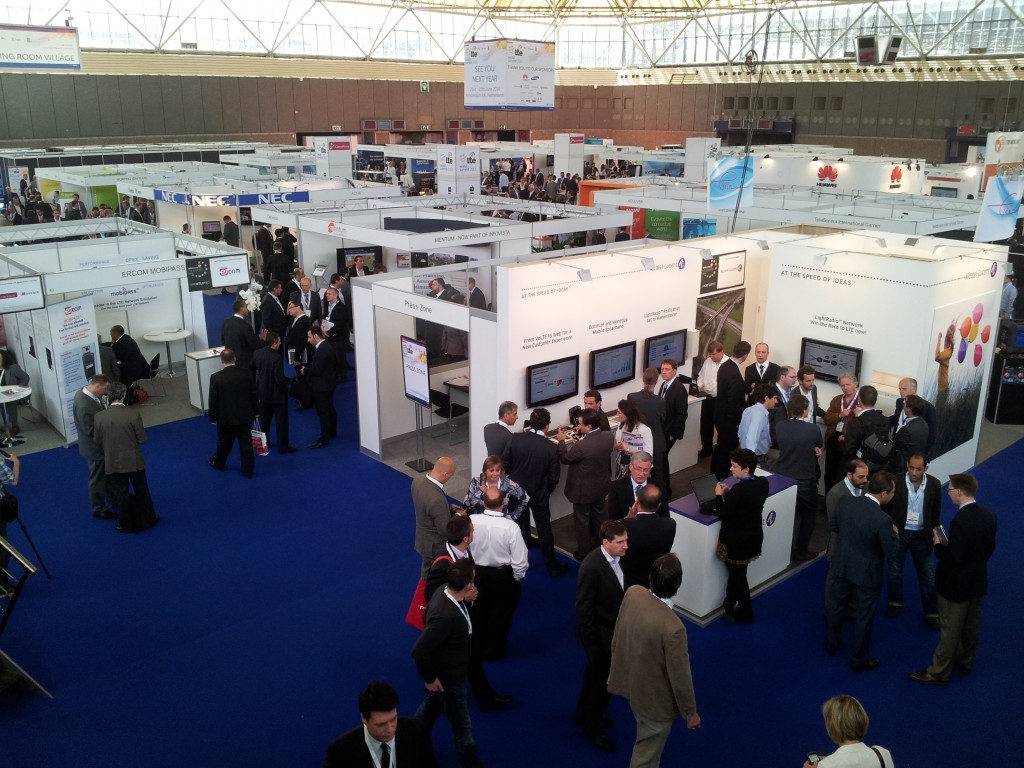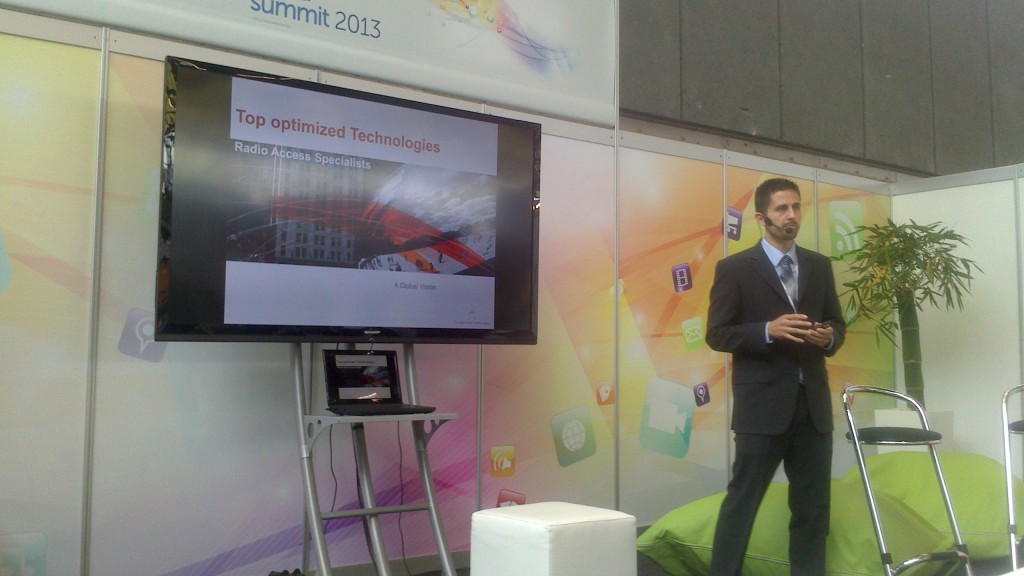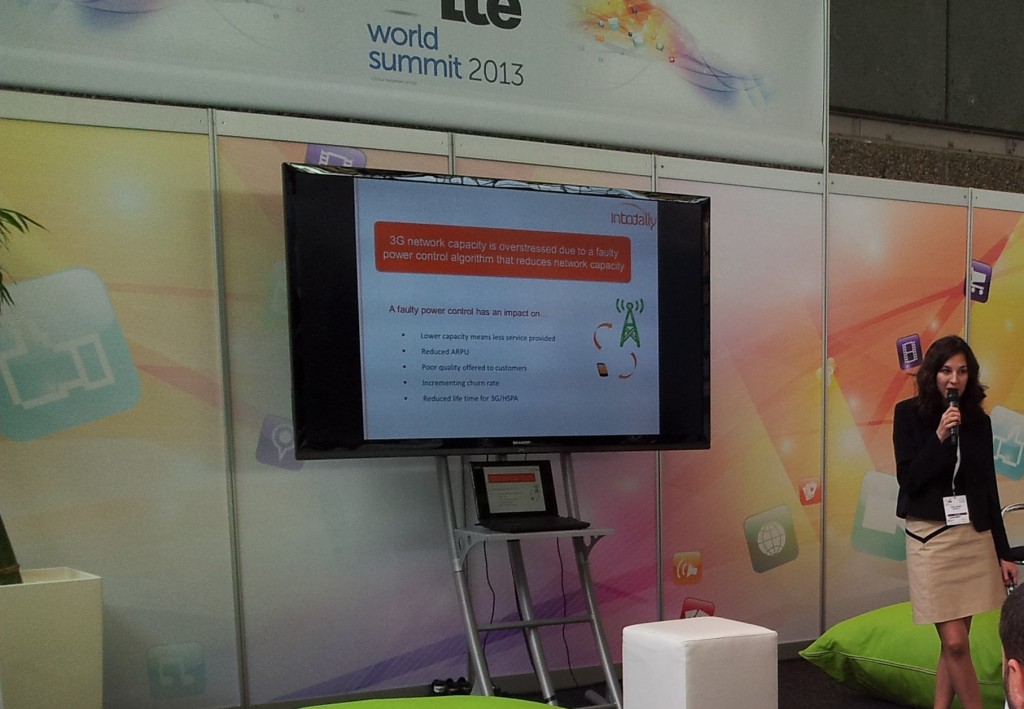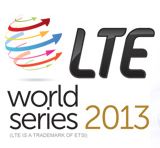Let’s go with a new post about LTE! Today, we’ll give you a brief description about LTE network architecture. Are you ready?
LTE network architecture keeps the same structure as in previous 3GPP technologies, it comprises three subsystems: the User Equipment (UE), the Access Network (AN) and the Core Network (CN).
E-UTRAN is the Access Network for LTE; it uses OFDMA in the radio interface to communicate with the User Equipment. Evolved Packet Core (EPC) is used in the Core Network to provide a all-IP architecture to give access to various services such as the ones provided in IMS and Internet.
The Quality of Service (QoS) of IP services can be adjusted according to the requirements of each service (e.g. bitrate, lags, Bit Error Rate…). Its signaling is communicated through external services platforms (e.g. IMS) transparently to the EPC Core Network.
In LTE the IP packet transfer service between the UEs and an external network is called EPS Bearer Service. Likewise the packet transfer service provided by the Access Network is called E-UTRAN Radio Access Bearer (ERAB).
The interconnection between the physical equipments in both the EPC and E-UTRAN is done through IP network-based technologies, so that the transport network is a conventional IP network. This way, any LTE network infrastructure contains IP elements such as routers, DHCP servers and DNS servers.
E-UTRAN architecture
The E-UTRAN Access Network comprises only one network element called evolved NodeB (eNodeB), which is the E-UTRAN base station. It includes the UMTS base stations (BTS, Node B) and their controllers (BSC, RNC). Its architecture description is detailed in the 3GPP specifications TS 36.300 and TS 36.401.
As the next figure depicts, a E-UTRAN Access Network only contains ENodeBs that allow connectivity between the UEs and the EPC Core Network. A ENodeB communicates with the other elements of the system through 3 interfaces: E-UTRAN Uu, S1 and X2.
The interface E-UTRAN Uu, also known as LTE Uu or simply LTE radio interface, allows data transfer between the ENodeB and the UEs. All the functions and protocols needed for this transfer and the control operations of the E-UTRAN Uu interface are implemented in the eNodeB.
The eNodeB connects with the EPC Core Network through the S1 interface, which is divided into two other interfaces: S1-MME for the control plane and S1-U for user plane support. On one hand, the user plane of an interface refers to the protocol stack used for the user data transfer through that interface (e.g. IP packets sent by the user to the E-UTRAN and EPC through the S1-U). On the other hand, the control plane refers to the protocol stack used to support the functions and procedures needed to manage the interface operations (e.g. configuring the eNodeB operations from the EPC through the S1-MME).
The division of the S1 interface into control plane and user plane allows the eNodeB to connect with two different nodes from the Core Network. This way the eNodeB communicates with an EPC entity responsible for plane control operations through the S1-MME interface (this entity is the Mobility Management Entity or MME), whereas it communicates with another EPC entity in charge of processing the user plane through the S1-U interface (this entity is the Serving Gateway or S-GW). This division is an important feature of the LTE interfaces protocol stack that allows an independent dimensioning of the signaling and traffic resources.
Optionally, the eNodeBs can connect between them using the X2 interface. These connections can be used to exchange signaling messages to handle the radio resources (e.g. to reduce interference) and also to manage traffic when users move from one eNodeB to another during a handover procedure.
Published originally in http://intotally.com/tot4blog/ by Leticia Almansa López (contact)






